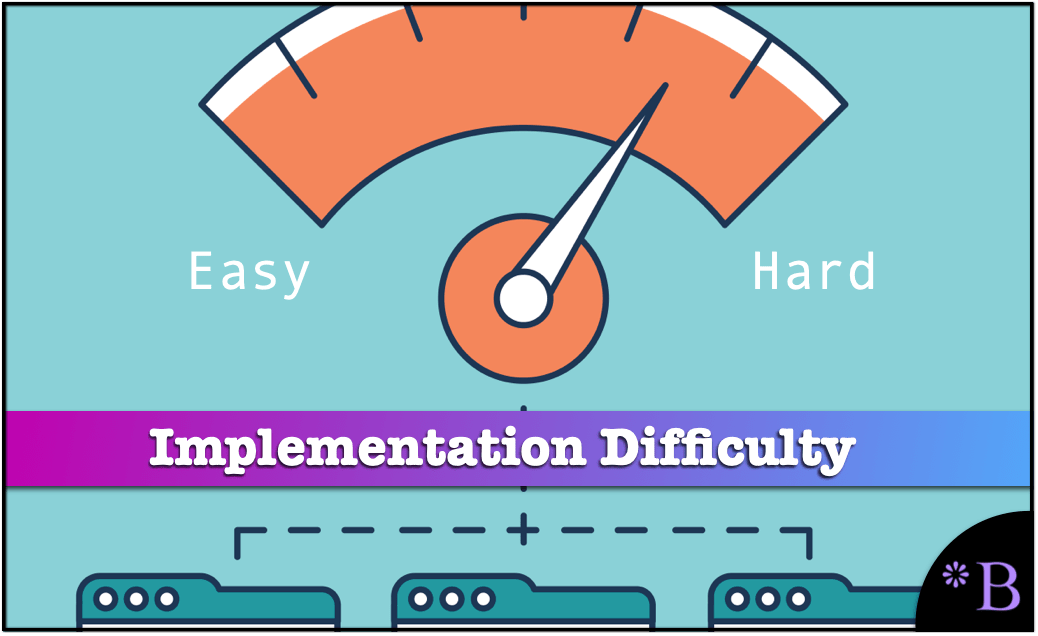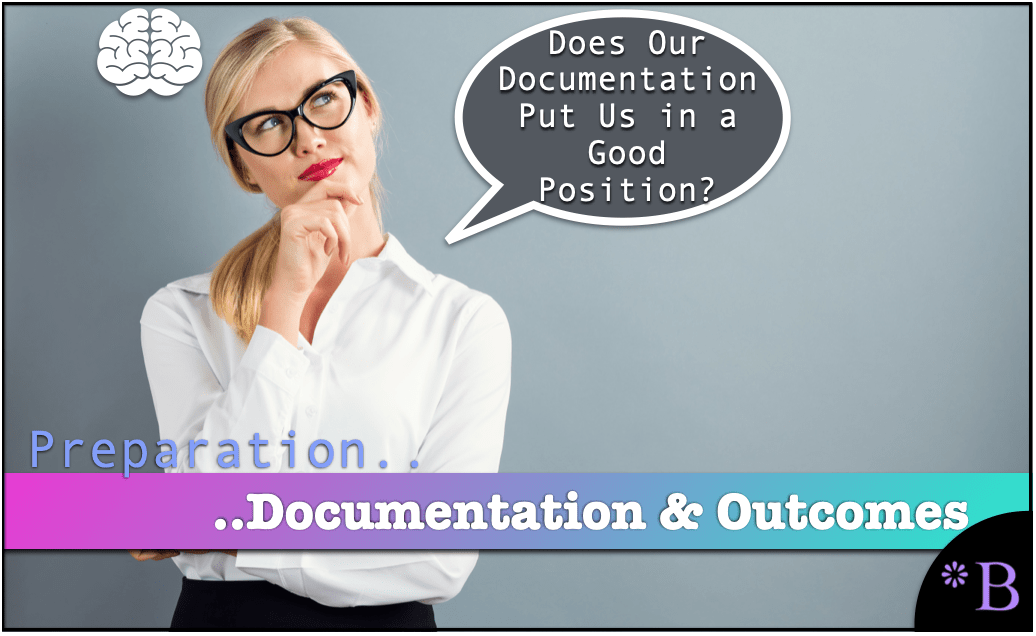How to Calculate ServiceNow Pricing and Related Costs
Executive Summary
- Getting the complete picture for ServiceNow pricing means understanding initial usage and ongoing usage, as well as implementation and maintenance costs.

Introduction
There are essential things to know when trying to estimate ServiceNow pricing and controlling the spending on ServiceNow as time passes. However, one of the most significant errors that software buyers make is only focusing on the initial pricing of ServiceNow rather than the overall costs of ownership of ServiceNow.
Important Point #1: ServiceNow Pricing Inputs
The ServiceNow pricing is according to inputs that include the following factors.
- Number of users or subscribers.
- The amount of space consumed.
Important Point #2: The Relationship Between the Size of Purchase and the Degree of Negotiation
The smaller the purchase, the more the pricing is directly off of the list price, and conversely, the larger the purchase, the more flexibility there is in ServiceNow pricing.
Important Point #3: Getting the Desired Package Estimate as Accurate as Can Be
There are different items that you can purchase from ServiceNow, so a big part of ServiceNow pricing is determining the correct “package” that you need.
A significant missed opportunity is loading up on items the software buyer is not likely to use. This is called stuffing the bill of material — and can reduce the value of the software acquisition.
In our observation of many software acquisitions, software vendors are typically contacted too early before creating the preparatory documentation.
Important Point #4: Our Observation of the Information State of Most Software Buyers Right Before Approaching the Software Vendor
It is quite common for software buyers to begin from of less than appropriately informed position and without sufficient requirements documented when they approach a software vendor.
This puts the software buyer at a disadvantage due to several reasons.
- Vendors tend to want to maximize what they sell into accounts.
- The sales reps at software vendors often promote the idea that they can perform a consultative approach -- but this often results in too many items added to the purchase. Sales reps cannot be trusted advisors as their interests are not aligned with the software buyer. The software buyer is only trying to buy the things they need and will end up using.
There is a way of addressing this weakness of software acquisition.
How to Address This Common Issue
- It is advantageous to gain an independent view of the tabulated information before approaching the software vendor.
- A document with the requirements also smooths the acquisition process by communicating to the software vendor that the software vendor has prepared before contacting them.
- It lowers the confusion level for the software vendor sales rep -- and allows them to quickly share the document with their application engineer or other pre-sales support.
- Interacting with an independent review of the information is essential before transferring the responsibility to the procurement department.
The direct subscription or license cost of software is only a small fraction of the total cost of the software. This is usually called the TCO or total cost of ownership. In our model, we allocate costs to the following categories.
Important Point #5: Software Cost Categories
- Subscription or License Cost
- Implementation Cost
- Maintenance Cost
- Support Cost
The first two costs in green are the first that will be necessary to pay.
Important Point #6: The Implementation Costs Per Implementation Ease and Application Type

The type of application determines the effort that is placed into implementation estimation.
Type #1: The Easier to Implement Applications
Some applications implement efficiently, often because they are inherently simple applications with a narrow functionality set. For these applications, implementation costs are not a significant factor in the overall costs.
Type #2: The More Difficult-to-Implement Applications
Typically, for more complicated applications that take more implementation time, it is standard for the software vendor and their consulting partner to underestimate the implementation costs to speed up the purchase. After the purchase, few companies will back out of using the software. It's essential that the software vendor's estimate not be accepted without independent verification. Getting this independent input is very difficult because even consulting firms that state they are independent are usually partners with the software vendor and have financial conflicts. This is a significant reason the vast majority of IT projects are significantly overtime and over budget.
See more on getting independent software pricing support below.
